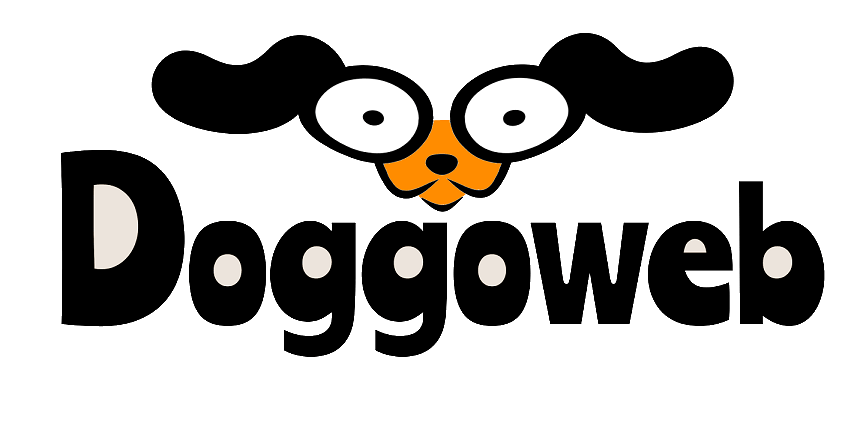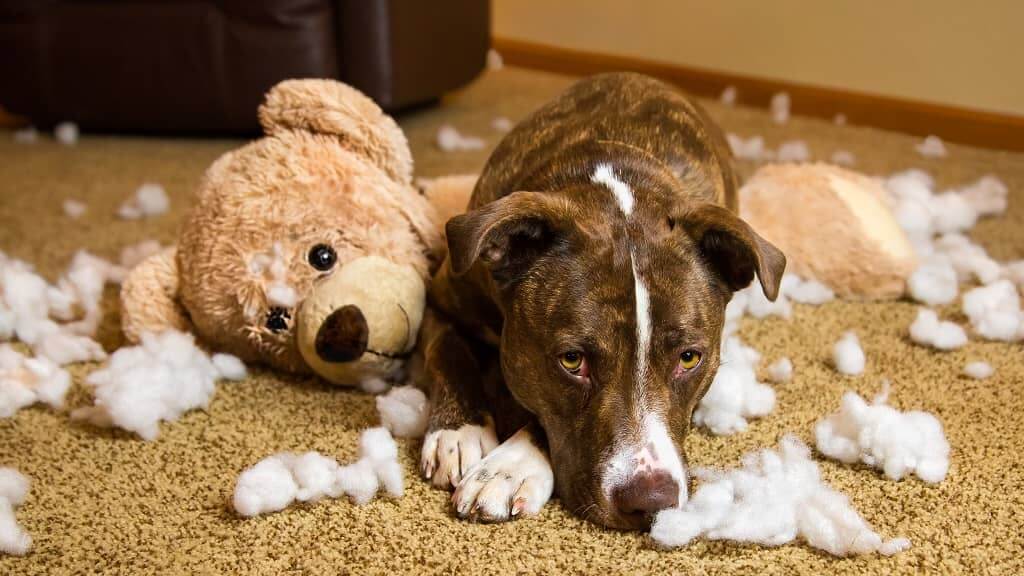Common Dogs Behavior Problems
What if the dog attacks us? Is the puppy continuously biting you? How do you handle the transition to a new home? Or a dog who refuses to enter the vehicle? There are reoccurring behavior problems that you can solve with the appropriate behavior on your side; but, in order to solve the problem, you must first understand what is underlying the behavior, which you can do here.
Jumps
Although the dog’s intentions are kind and all he wants to do is say hello, jumps can be annoying and even dangerous.
The jumps are a symptom of the problem, not the cause. A dog that jumps out of control must go through a gratification rejection process. Commands like “Stay” and “Bon Appetit” will boost your ability to control his jumps indirectly.
Coolness should be communicated to the dog during the leaps with appropriate body language. While we rotate the body, he should be ignored and only given attention when his four feet are on the ground. Petting the dog on the chin is preferable since the dog will become accustomed to receiving attention from below rather than above. When the dog jumps, the leash must be stepped on, causing the dog to receive a punishment from below rather than from you. Lifting a knee is futile, and the dog will continue to jump on the young pack members. One of the owners may like for the dog to jump on him as a display of devotion and happiness. In this instance, the dog should be taught not to leap first, and then to jump only when invited to do so.
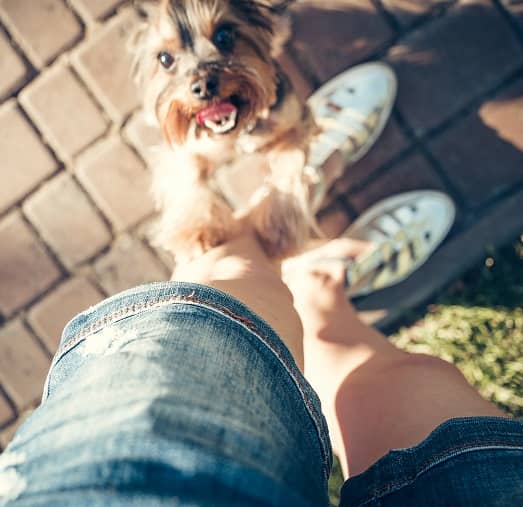
Small Bites
Puppies are accustomed to playing with their mouths and front legs, therefore if your puppy or young dog bites you, it is most likely because he wants to play with you. As a result, your goal is to simply explain to him that you are not a puppy and do not belong to the dog breed and that the game with you must be played in a different manner than with your own hands.
You have numerous options for taking action:
● To halt the behavior, say the word “drop” in an angry tone, followed by a clap, and provide an alternative to instant bites, such as rope, squeaky toy, etc

● invasive caresses — caressing the dog to make him submit, to figure out who is the leader and who governs the house.
● a brief of time next to you – Only pay attention to the dog while he is lying down comfortably.
● Long break – crate the dog and give him something fun to play with, such as a biting game, a delectable bone, or another game that will keep him occupied for a long time.
It’s crucial to remember that minor bites are a normal part of a puppy’s growth that goes away once the dog develops — about 6 months.
Breaking the limits
When it comes to dogs, order, rules, and discipline are not negative words. It would be much better for your dog if his life was more organized and clear. The lines between what is permitted and prohibited should be clearly defined, both for the dog and for all of the house’s occupants. When you bring a dog home, everyone in the family should be on the same page about the dog’s boundaries. For example, if you decide that a dog is not permitted to enter the house, all members of the household must respect your decision and refuse to allow the dog to enter. If you stick with it and follow the rules, the dog will always know where he belongs, making life with him more communicative and comfortable.
And what do you do with a dog who ignores the rules? It is never too late to establish boundaries; all that is required is that you remember to provide the dog with what he requires and deserves. If you determine that the dog will not enter the house but do not provide him with a shelter from the rain or the sun, do not be shocked if he rushes in every time the door opens.
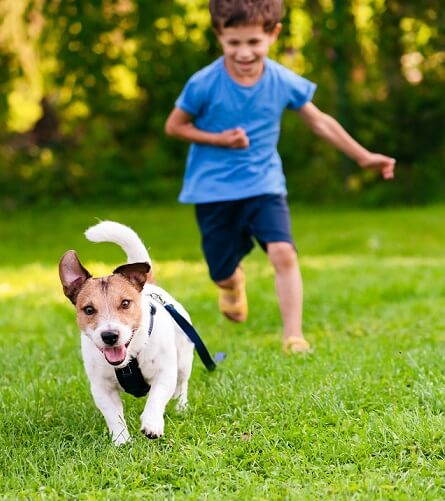
Chewing And House Destruction
The young puppy’s teeth are deciduous, and he or she has a great desire to scratch or sharpen them. Allowing him to play with his own things or toys is quite important (tennis ball, bone, kong, rope, bottle, etc.). If the puppy chews something that is not allowed to be chewed, he should be chastised with the phrase “Drop” or the sound “Foo,” then given something that is allowed to be chewed and praised for doing the correct thing. It is critical not to give the puppy too much freedom of action in order to avoid causing harm. If the dog’s teeth have been replaced but he is still causing problems, he should be given toys and objects that he can chew on.
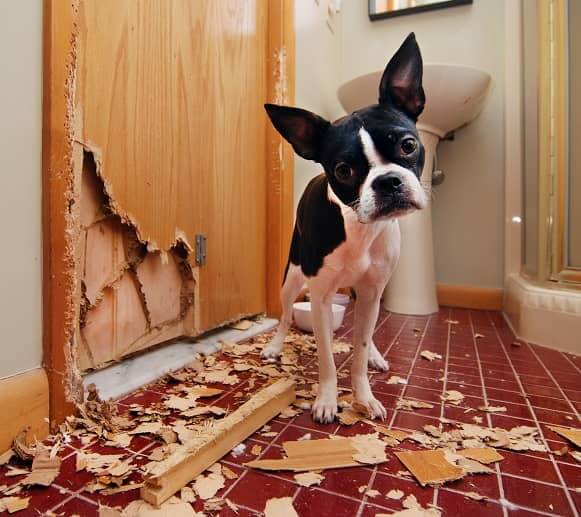
Read more: Dog Behavior: Chewing
Barking
Howls and barks are how the dog expresses himself. It’s critical to try to comprehend what the dog is trying to convey in order to stop the noisy barking. If the barking is justified, try to resolve the issue. If the bark is motivated by a desire for attention, it’s critical to ignore it to avoid providing positive reinforcement. It’s crucial to teach your dog the word “To Place” to help him relax. This instruction will cause the dog to return to his den and, as a result, relax.
There are many problems linked with barking, and before attempting to treat them, it is necessary to precisely assess the nature of the barking. And what do you do with a dog who ignores the rules? It is never too late to establish boundaries; all that is required is that you remember to provide the dog with what he requires and deserves. If you determine that the dog will not enter the house but do not provide him with a shelter from the rain or the sun, do not be shocked if he rushes in every time the door opens.
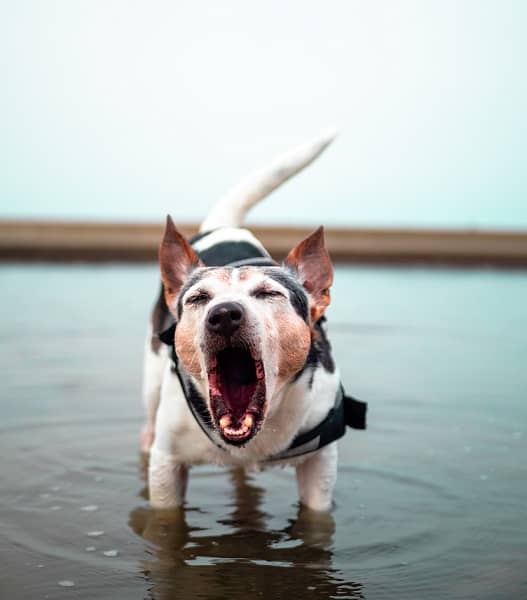
Digging
Although most dogs have a natural desire to dig, some breeds (such as terriers) have stronger digging impulses than others. Before educating the dog on where he is not allowed to dig, teach him where he is permitted to dig.
Dogs dig for two reasons: the smell of odors and the search for moisture.
A spot in the garden should be chosen that will be “the Best Worst” even if the dog digs. The chosen location should be saturated in water, which will occasionally aid in the concealment of a delectable bone. When your dog digs there, praise him and encourage him. If he digs elsewhere, he should be disciplined and taken to a safe location.

Car Driving
Dogs who don’t like riding in a car will have to go through a controlled exposure process. Giving a dog positive experiences relating to the ride can help to improve the negative relationship he has with the car ride.
We’ll start by having the dog board the vehicle when the motor is turned off. You can utilize the dog’s favorite treats or toys. In this manner, even if the engine is running, you can gradually continue the practice. Then begin with modest journeys and gradually progress to longer ones. The first activity is done with both rear doors open to reduce the dog’s anxiety level. In any event, avoid forcing the dog into the car.

Moving
The dog values a consistent daily routine and a well-defined area. The dog’s world is shattered and his self-confidence is shattered when he moves to a new residence. To ensure that the dog has a safe and simple transfer, it is strongly advised that you take him to his new home several times before and during the transition and that you create a den in the new territory for him in preparation, in an accessible, central, and corner area. Allow your dog to explore your new home on his own the first time you bring him there, rather than forcing him into locations he has avoided. Moving to a new home provides an excellent opportunity to establish fresh and appropriate boundaries that were lacking in the prior residence. It’s critical to establish limits right away and mold the dog’s life in the new location in the way you want it to develop over time.
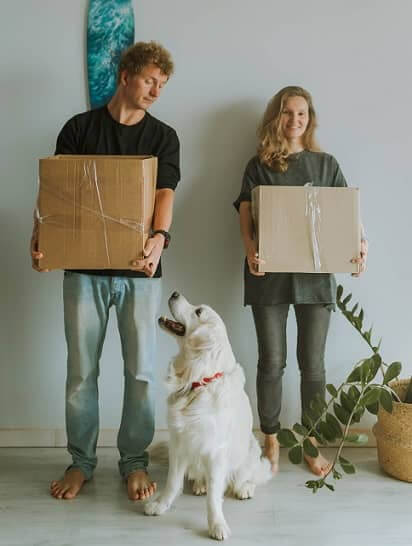
Anxieties / fears
No dog is born fearful. A dog’s dread of many things such as humans, other dogs, loud noises, and more can be caused by severe life conditions (abandonment, abuse, assault, life in a kennel, and so on). In such instances, it is necessary to first earn the trust of the entire family in front of the dog before exposing him to the things he is scared of. Another source of anxiety is his human pack’s misbehavior, which fails to provide the dog with the trust he need. Fears and anxieties in dogs are treated in two ways: short-term and long-term. When the dog is terrified in the near term, it is critical not to pet or reinforce his fear. For example, if your dog is afraid of fireworks, do not pet him and instead try to soothe him down with words and hugs, as this will only reinforce his dread. Although it is normally quite tough for family members in such situations, it is best to go about your business, as usual, play with him, or ignore him altogether. In the long run, the dog should be subjected to regulated loud noise exposure and unambiguous leadership should be established in front of him.
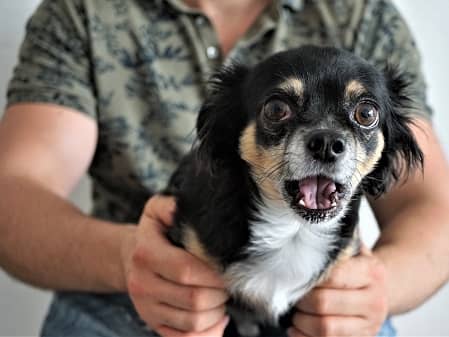
Birth Is Approaching
Beginning in the early stages of pregnancy, dogs detect hormonal changes in women. The dog’s boundaries should be established even before the new infant arrives, rather than afterward. It’s crucial to allow the dog to be a part of the reception on the day the baby arrives, rather than keeping him away. It’s best to keep giving the dog the attention he had before the baby arrived, so he doesn’t mistake the baby for the source of his loss of privileges. The relationship with your dog must be based on what you can give him over time, and if you know that his daily routine will alter due to the shift in the pack structure, it must be changed before the baby arrives.

Check our latest posts
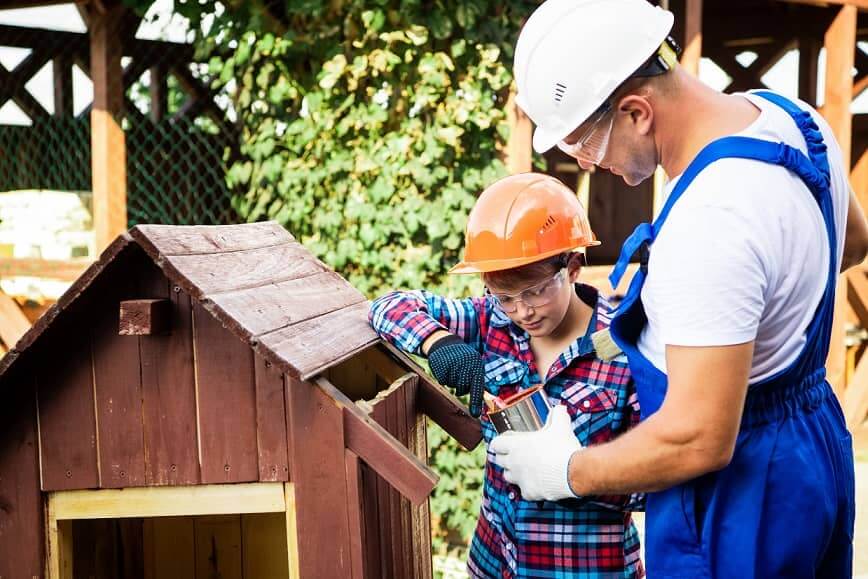
Making a Dog House Like an Expert
In order to help you begin your project to build a house for your furry friend, we have put together some tips to consider. This is because building a house for your furry friend is more than just nailing wood together and painting it. There are some features to take into consideration in order to construct an ideal doghouse. Make a plan!
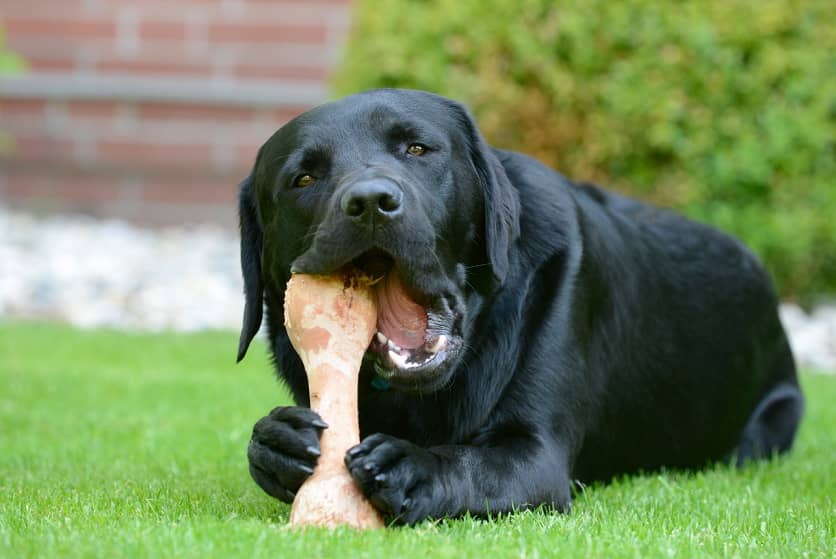
7 Best Chew Toys For Large Dogs
Whenever it comes to active dogs, chewing toys are a must-have item. But they aren’t just for them… Dog chew toys are also a very valuable tool for dealing with behavior problems. It is an enjoyable way for your dog to play with himself.. so what is the right chew toy for dogs?
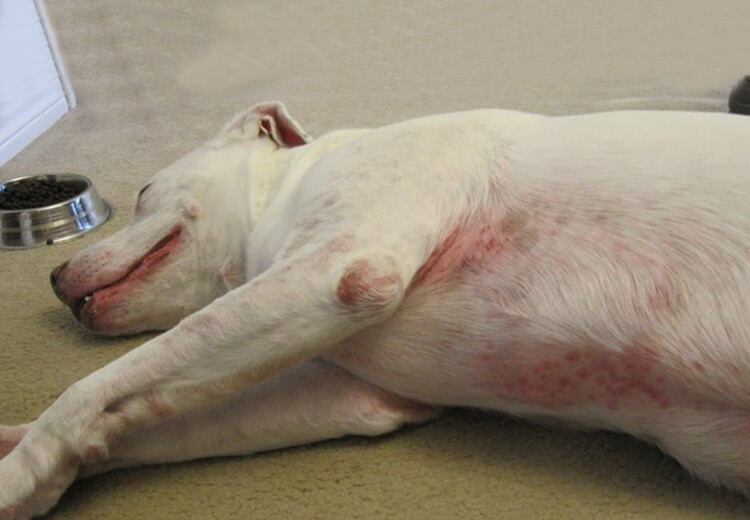
What Are The Common Skin Problems In Dogs?
What Are The Common Skin Problems In Dogs? The most typical kinds of skin disorders that can affect dogs are contact allergies, bacterial infections, fungal infections, and allergies caused by parasites.
